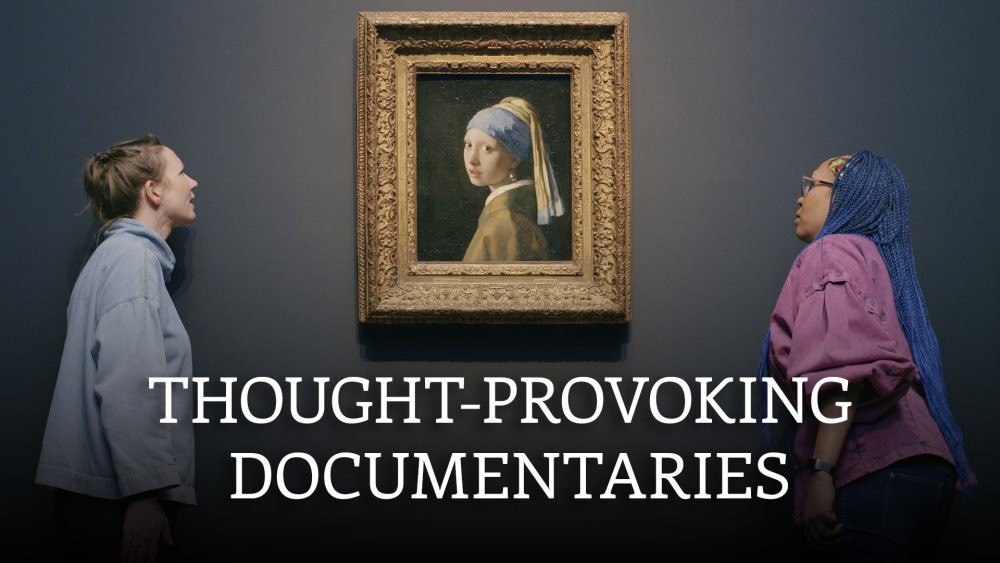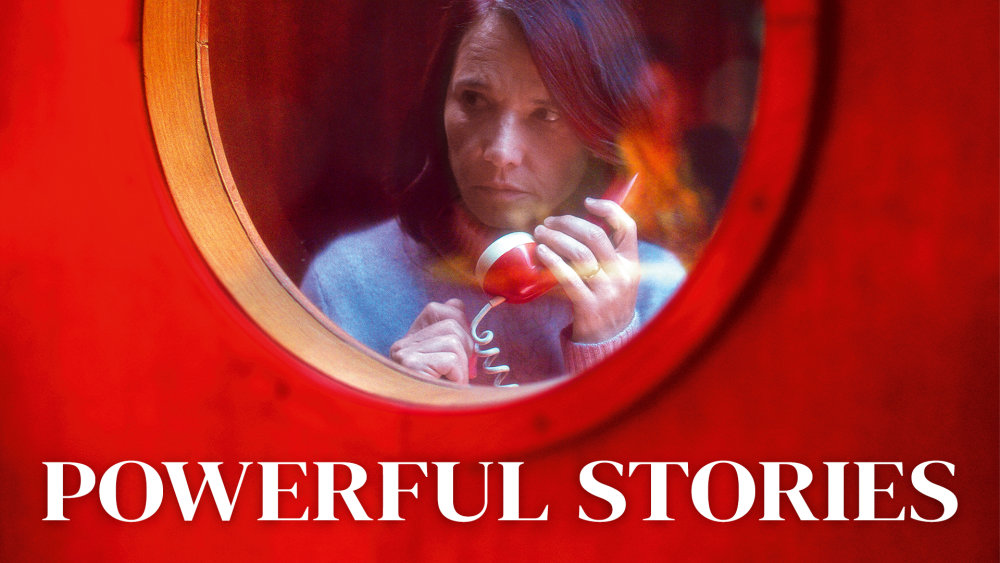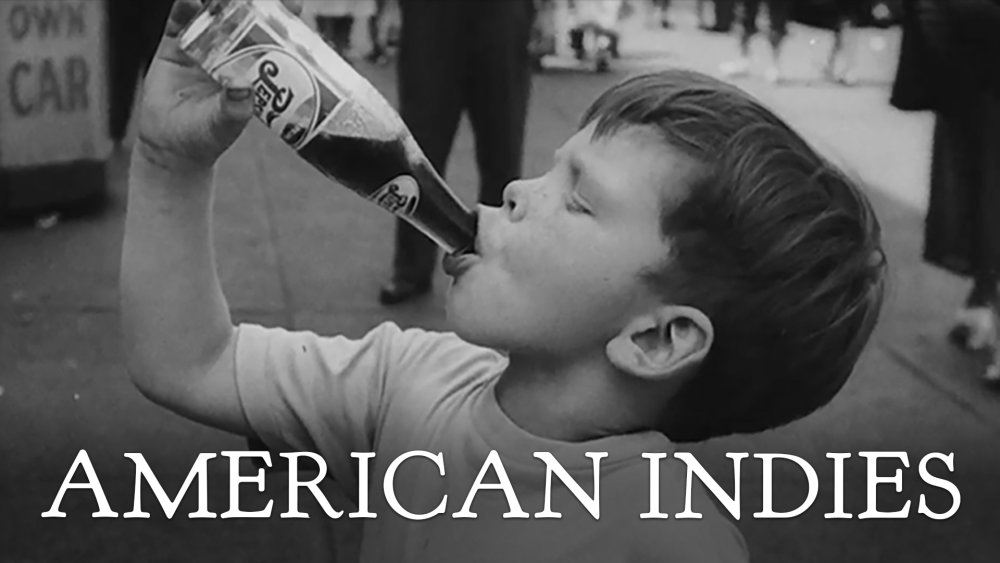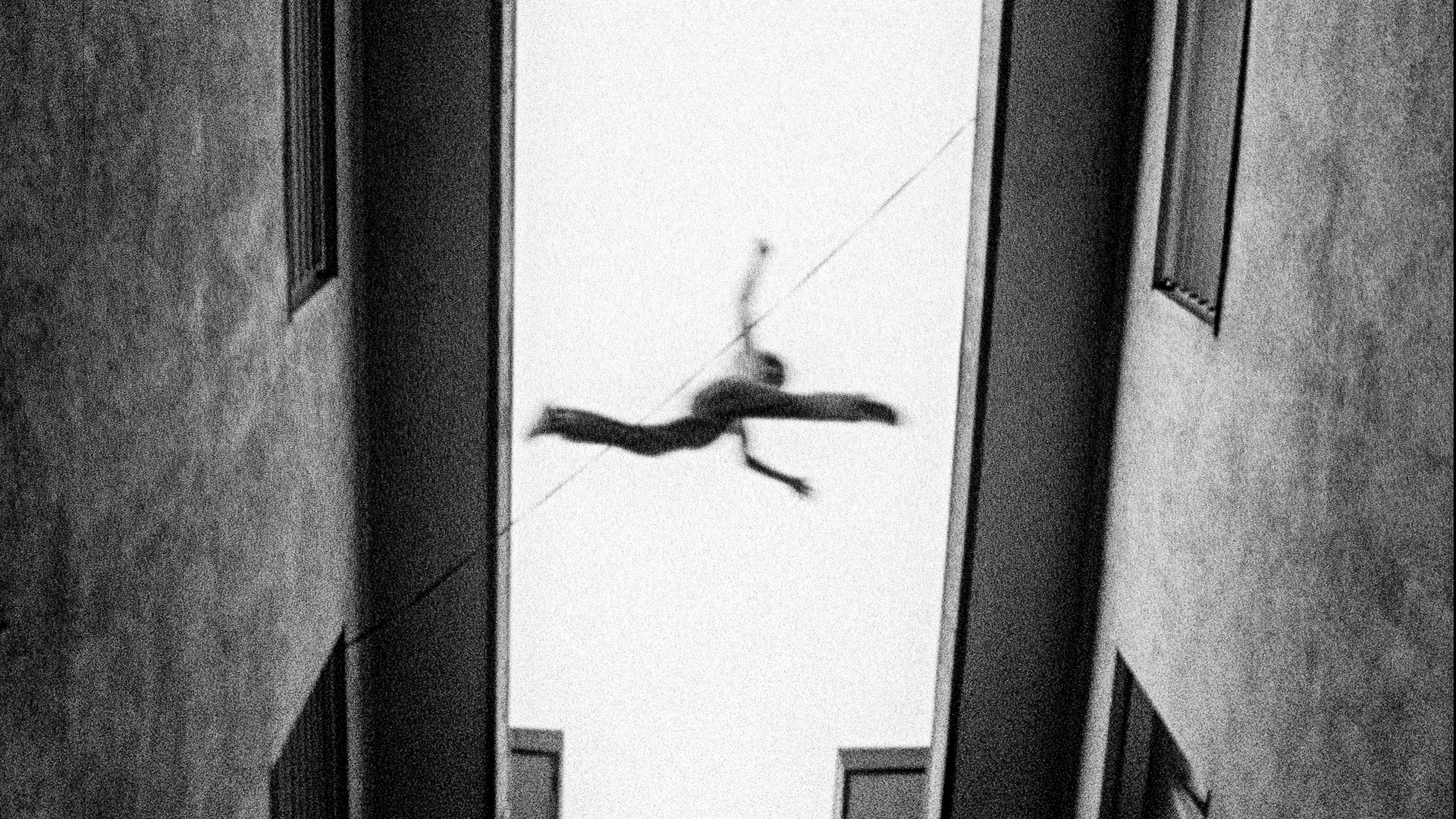
Charles Burnett’s ‘Killer of Sheep’ Helped Define the L.A. Rebellion, and Still Resonates to This Day

In August 1965, a series of riots erupted throughout the Watts neighborhood of Los Angeles in protest of racial injustice, police brutality, and poverty. Propelled by a community’s collective anger at an unjust system, the Watts Riots saw six days of violent unrest. But something beautiful was born in the aftermath. On the heels of the demonstrations and amid a racial reckoning, UCLA established its Ethno-Communications initiative, which promoted the admission of Black, Latino, Asian, and Native American students into its film program. The initiative evolved into an independent Black film movement known as the L.A. Rebellion and gave us one of the most important Black voices in cinema history: Charles Burnett.
The L.A. Rebellion was nothing short of a renaissance. Over the course of two decades, young filmmakers created work that portrayed the authentic Black experience in America, challenged mainstream Hollywood norms, and envisioned a better society through film. Made concurrent to the Civil Rights and Black Panther movements and the Vietnam War, these films confronted the hardships and injustices of the time, but did so with humanity and dignity. Some other notable filmmakers who emerged from the L.A. Rebellion include Billy Woodberry, Julie Dash, Larry Clark, and Barbar McCullough. But the movement's most defining film is arguably Burnett’s feature debut, Killer of Sheep, a starkly honest portrait of life in Watts.
The story observes the lives of Stan, who works at a slaughterhouse and whose profession gives the film its title, his wife, and their two children. In lieu of traditional narrative and plot, Killer of Sheep is a series of vignettes that create a sentiment that speaks to the lived experience of Black communities in not just Los Angeles, but across the country. Through glimpses of his grueling job and his interactions with his wife and friends, it’s clear that Stan is burned out and world-weary. Life, with its long hours and modest material pleasures, has ground him down, but the film doesn’t surrender to the usual conventions of dramatic monologuing or the extravagance of a hero’s journey. Burnett knows better. For folks like Stan, there’s no time for ruminating life when you have to live it. And that’s what the film so beautifully captures—the muted drumbeat of everyday life marching on.
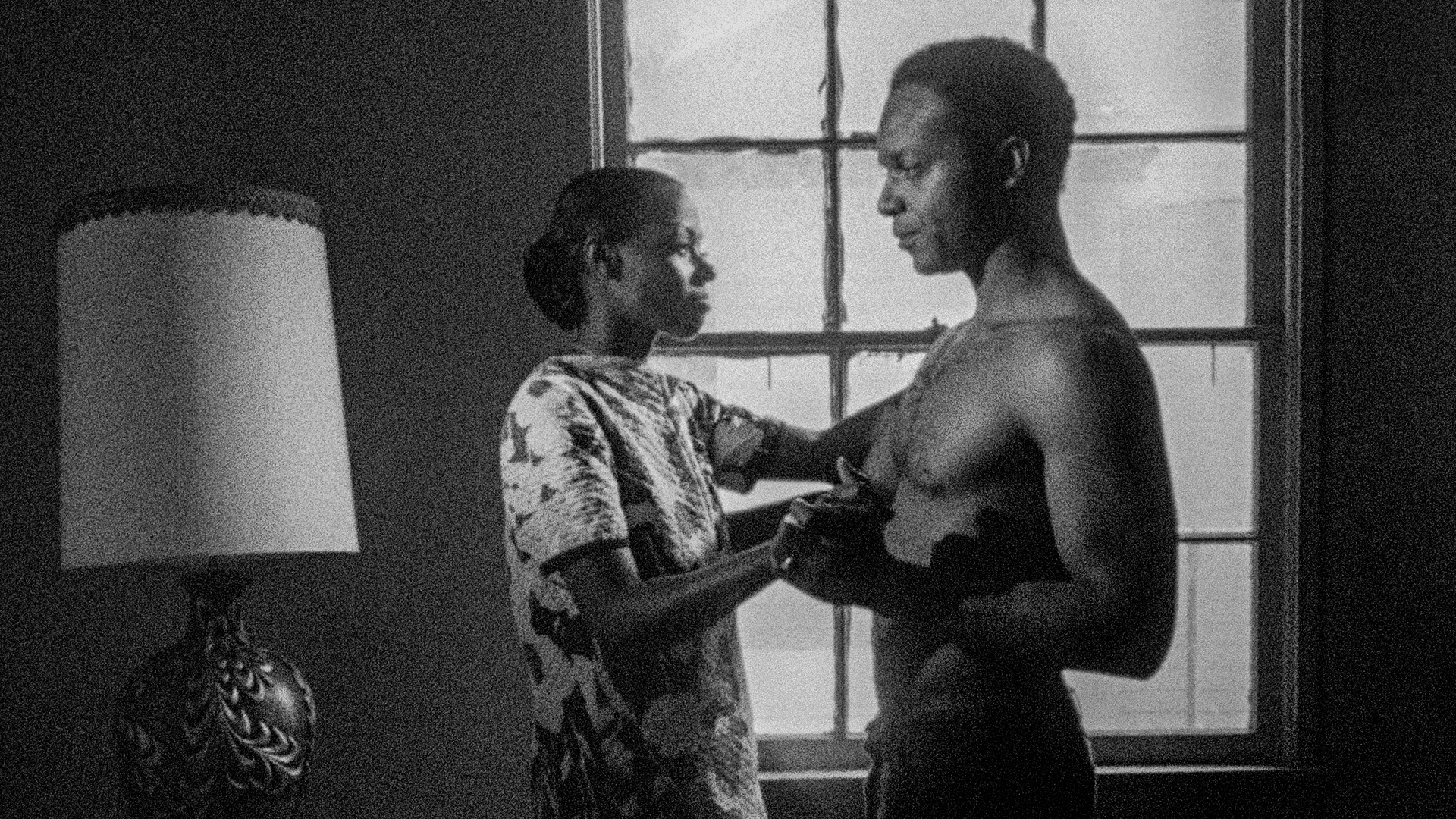
In between scenes of Stan’s life, the film observes neighborhood kids at play: wrestling in the dirt, crawling under parked freight trains, leaping from roof to roof. These scenes are inconsequential to Stan’s story, but they contribute immeasurably to the picture of life in Watts. By featuring kids as a central part of the film, Burnett illustrates that there is joy and innocence among the harshness and adversity. There are also moments of quiet tenderness, as seen between Stan and his unnamed wife. In one scene, they slow-dance in the living room to Dinah Washington’s “This Bitter Earth.” On the surface it’s a moment of affection between husband and wife, but their faces betray a lifetime of sadness.
Shot on black and white 16mm film, each frame lends to the austerity of inner-city living, but Burnett’s direction breathes humanity and life into the empty spaces. By presenting this undiluted and unflinching account of life in Watts, Killer of Sheep contextualizes the underpinnings of the Watts Riots, making it a definitive work of the time. But it’s taken almost 50 years for the film to reach audiences in its intended form.
Burnett first made Killer of Sheep in 1977 and it received a public screening the following year at the Whitney Museum in New York. But music licensing prevented it from receiving an official theatrical release until 2007, and even then, the film was shown without Dinah Washington’s “Unforgettable” in its final scenes. Given that the song is paired with some of the film’s most brutally metaphorical moments, the film feels incomplete without it.
In April, Killer of Sheep finally got its theatrical release with “Unforgettable,” just as Burnett had originally envisioned. The film has also been digitally restored to 4K and remastered by UCLA Film & Television Archive, Milestone Films, and the Criterion Collection. You can now watch the new 4K restoration on Kino Film Collection. Almost half a century later, Burnett’s lyrical debut still resonates deeply, signalling that the spirit of the L.A. Rebellion is still very much alive.
For more works by Charles Burnett, you can also stream his 1999 feature, The Annihilation of Fish, starring James Earl Jones, Lynn Redgrave, and Margot Kidder, on Kino Film Collection.




